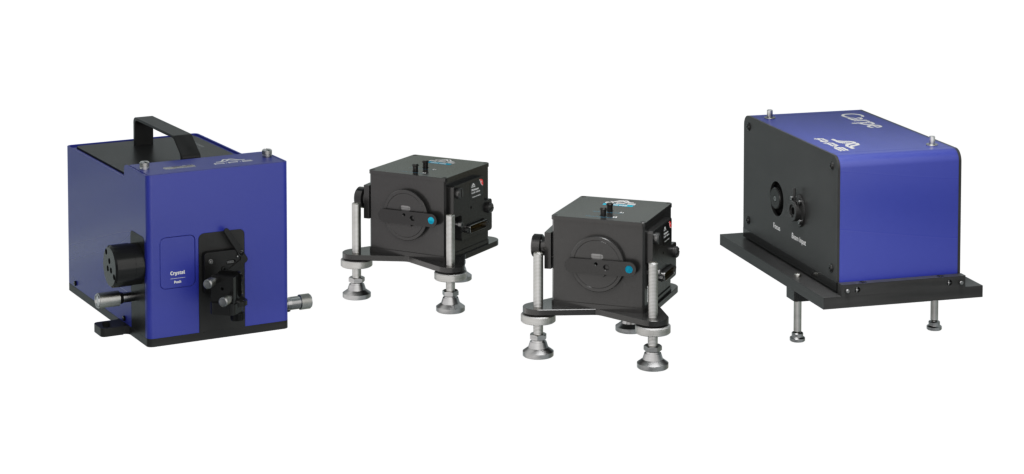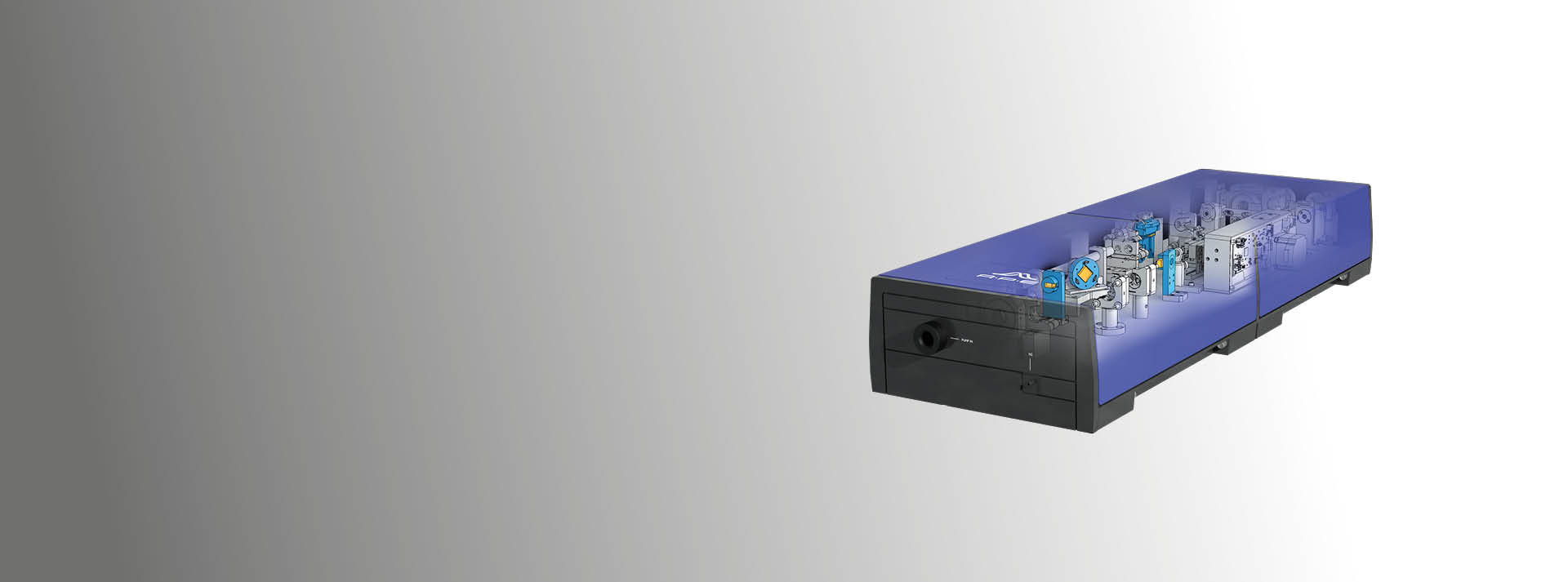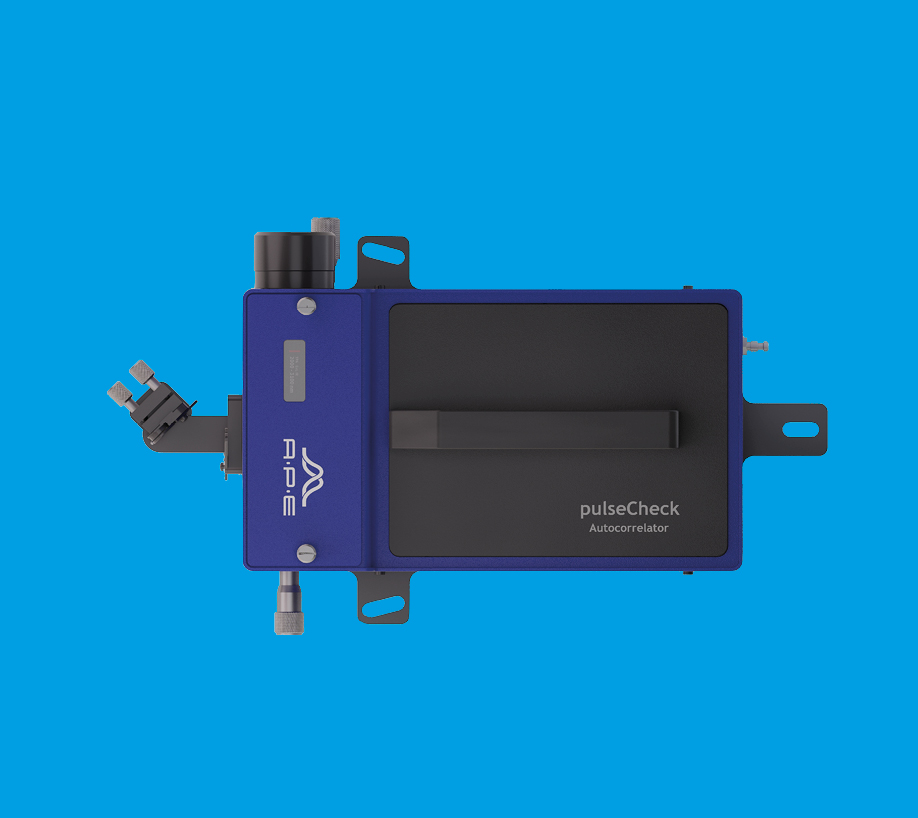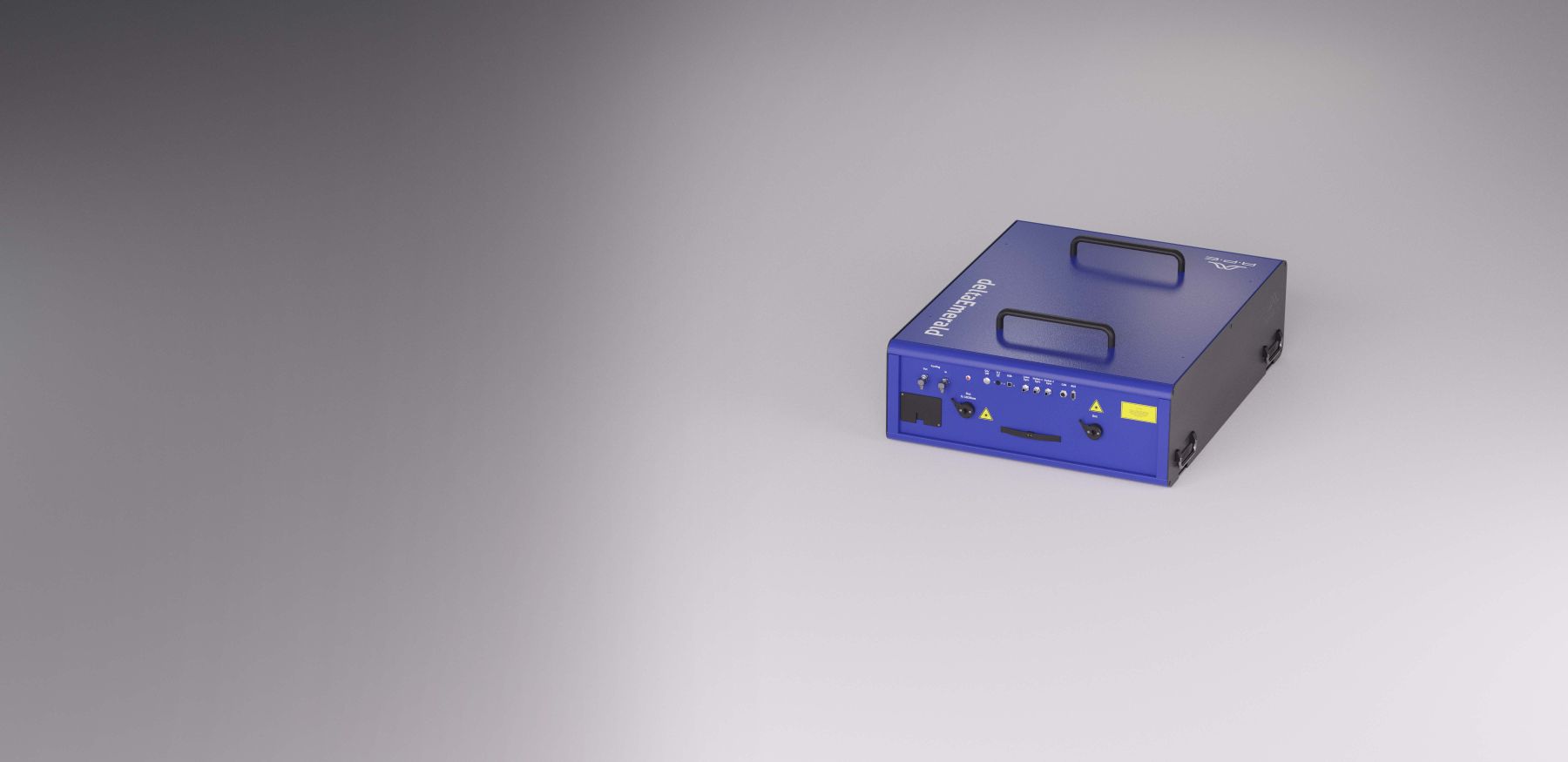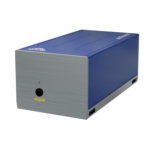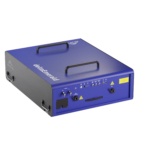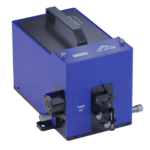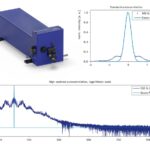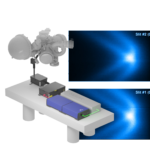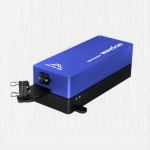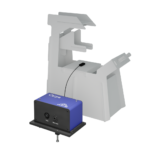Welcome to the short-pulse experts.
Since 1992, APE is passionately supporting customers to get the best results from their ultrafast lasers in science and industry. We develop and produce test and measurement instruments for the most demanding short-pulse applications. Our excellent customer support is enabling high productivity in research and manufacturing.
Selected Highlights
Latest APE News
